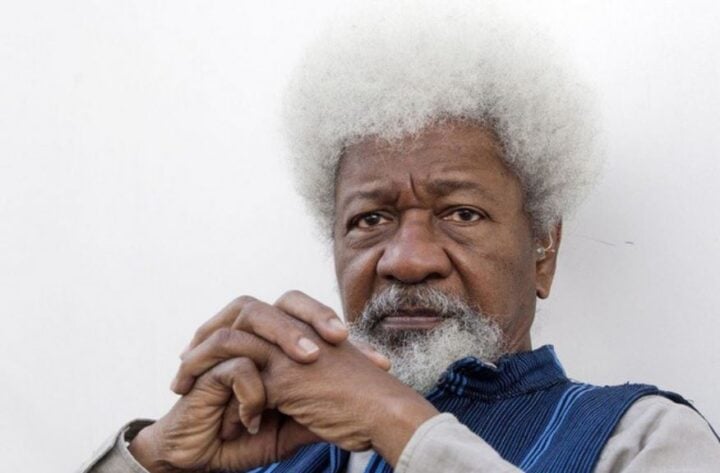Taiwan Drives Tourism Ambitions Higher With Bold Goal Of Increasing Japanese Visitors By Over Three Hundred Thousand In 2025 Supported By New Flights And Southern Revitalization - Travel And Tour World
Saturday, May 31, 2025

Taiwan is intensifying its tourism outreach in 2025 with an ambitious plan to attract over three hundred thousand additional Japanese visitors, building on last year’s strong rebound. This bold target is underpinned by enhanced air connectivity between Japan and Taiwan and a renewed focus on revitalizing southern regions like Tainan and Kaohsiung, aiming to diversify tourist experiences beyond Taipei and stimulate regional economic growth.
Taiwan is aiming for a major boost in tourism from Japan in 2025, targeting an increase of over three hundred thousand visitors compared to 2024. The projection, announced during a tourism summit in Tottori Prefecture, comes amid moderate growth in the early months of the year and cautious optimism about the pace of Japan’s outbound travel recovery.
Taiwanese tourism authorities presented this bold target as part of ongoing efforts to deepen bilateral travel ties and position Taiwan as a top destination for Japanese travelers. The forecast follows strong results in 2024, when 1,319,892 Japanese nationals visited Taiwan, reflecting a sharp forty-two-point-two percent rise from the previous year. This rebound came as regional travel restrictions eased, encouraging pent-up demand.
However, authorities acknowledged that reaching this new milestone in 2025 will be challenging. The proposed growth represents a twenty-two-point-seven percent increase over last year’s figures—significantly higher than the six-point-six percent year-on-year growth recorded in the first two months of 2025. The data signals a potential gap between projections and actual travel patterns, especially as Japan’s international outbound travel continues to recover slowly post-pandemic.
Despite the hurdles, Taiwan remains confident in its appeal to Japanese visitors, citing strong cultural ties, proximity, and an expanding menu of tourism products as key advantages. Taiwanese tourism officials emphasized that past growth demonstrates the market’s resilience and the effectiveness of targeted promotions, and they believe further progress is achievable through strategic efforts.
To support long-term growth, Taiwan introduced a development plan focused on enhancing tourism infrastructure and offerings in the southern part of the island. The proposal includes a NT\$10 billion (roughly US\$334.94 million) investment aimed at revitalizing underutilized regions, improving accessibility, and elevating visitor experiences. This initiative, scheduled to unfold by 2030, is currently under review by relevant government agencies and forms part of Taiwan’s broader tourism diversification strategy.
Taiwan’s leadership stressed that future tourism growth must strike a balance between quantity and quality. Rather than solely chasing higher visitor numbers, the focus is shifting to delivering premium, meaningful travel experiences that align with modern traveler expectations. This approach includes developing cultural, culinary, and nature-based attractions, particularly in areas less explored by mainstream tourism.
The forum in Yonago City also marked the launch of a new direct air route connecting Taiwan with the Japanese city. A Taiwan-based airline began operating biweekly flights to Yonago, designating it as its twenty-second international destination. The move supports Taiwan’s aim to tap into regional Japanese markets beyond major cities like Tokyo and Osaka. By improving air connectivity, Taiwan seeks to attract more travelers from smaller cities who may not have previously considered Taiwan a convenient or primary travel option.
The new route reflects a growing trend in East Asia’s aviation industry, where airlines are increasingly targeting secondary cities to meet evolving passenger demand. These regional links not only boost tourism but also strengthen cultural and economic connections across the Taiwan Strait.
The summit in Tottori Prefecture brought together key tourism stakeholders from both countries, focusing on collaborative marketing, infrastructure development, and sustainable tourism practices. Taiwan used the platform to reaffirm its commitment to maintaining close ties with Japan and positioning itself as a preferred destination for leisure and business travelers alike.
As part of this strategy, Taiwan continues to invest in destination branding and digital marketing campaigns tailored specifically to Japanese audiences. These efforts highlight Taiwan’s rich heritage, vibrant urban life, and natural landscapes, while also emphasizing convenience and safety—key factors influencing post-pandemic travel decisions.
In addition to infrastructure and promotion, Taiwan is also working to enhance service quality across the tourism sector. Initiatives include multilingual support for international travelers, improved visitor information systems, and expanded training programs for tourism personnel. By raising service standards and accessibility, Taiwan aims to create a more welcoming and inclusive environment for all travelers.
Looking ahead, Taiwan will host the next edition of the tourism summit in Miaoli County in 2026. This move symbolizes the government’s intent to showcase lesser-known parts of the island and promote regional tourism beyond Taipei and other urban hubs. Miaoli, located in northern Taiwan, is known for its scenic mountains, indigenous culture, and agricultural experiences—features that align well with current global trends favoring slow and sustainable travel.
While the road to achieving a twenty-two-point-seven percent increase in Japanese visitors remains steep, Taiwan’s proactive policies and long-term investments reflect a clear vision for the future. By combining enhanced connectivity, infrastructure expansion, and a focus on high-quality experiences, Taiwan is positioning itself to not only rebound but also thrive in an increasingly competitive tourism landscape.
Taiwan sets a bold 2025 target to boost Japanese arrivals by over three hundred thousand, driven by expanded flight routes and focused efforts to promote tourism in its southern regions.
The country’s ambitious tourism outlook highlights a broader regional push to revitalize cross-border travel in Asia. As nations continue to adapt to shifting traveler behaviors and expectations, Taiwan’s approach offers a case study in forward-thinking, data-driven tourism development—anchored by cultural affinity, strategic planning, and a commitment to sustainable growth.












